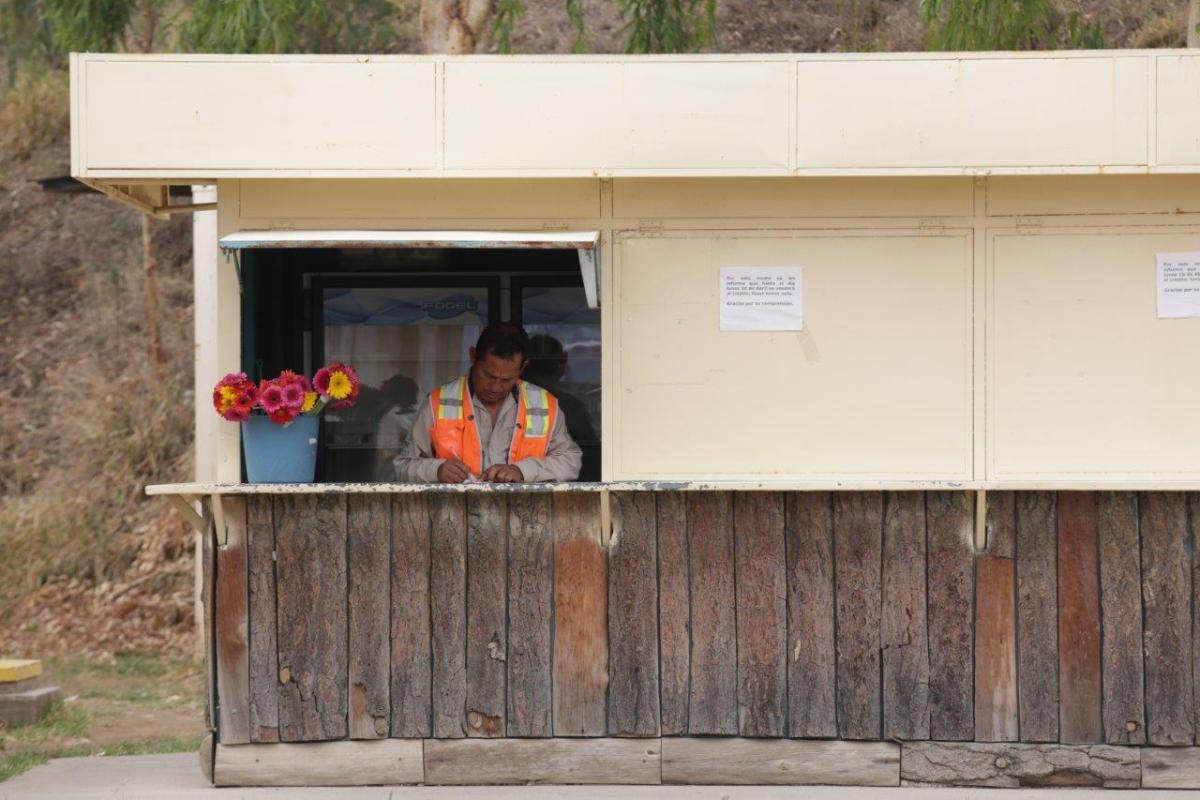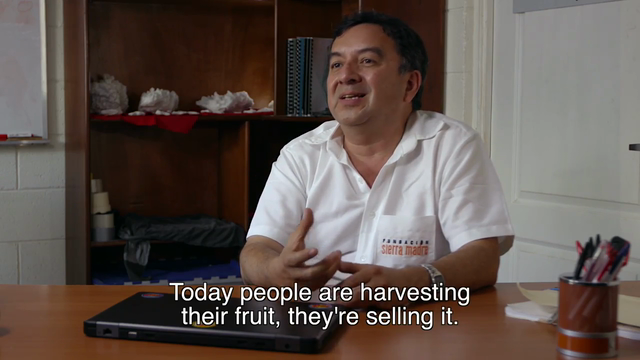Economic Stimulators, Even After Marlin’s Closure
In this final installment of our four-part tribute to the legacy of Marlin mine, we take a look at the economic benefits and opportunities that have been created as a result of its decade long operations.
Mining is a major contributor to the economy of Guatemala, and Goldcorp’s Marlin mine has demonstrated how the benefits of natural resource development reach far beyond tax revenues. A recent study completed by Central American Business Intelligence estimates that mining and the benefits that come with it, account for as much as 3% of Guatemala’s GDP, resulting in USD$900 million in export revenue annually, in addition to royalties and taxes.
When looking back at the economic influence of Marlin mine in the San Marcos region, our contribution to government revenues is only a small part of the story. At its peak, 97% of our employees were Guatemalan residents. Since its opening, more than 1,200 local workers have been employed in a region where the community had, until then, relied solely on subsistence agriculture, and local residents were challenged to diversify their opportunities due to low wages and rough terrain. Marlin introduced a new industry to the area, along with opportunities for local residents to meet the needs that come alongside a large mining operation – from administration and environmental monitoring to safety and human resources.
In addition to the mine site jobs, Marlin mine offered to local citizens vocational classrooms specializing in electrical and automotive mechanical training, bank financing to female entrepreneurs to boost women’s participation in regional commercial activities, as well as literacy classes to help our workers obtain government diplomas.
“Exposure to mining through Marlin has encouraged employees to access education and training programs to develop new and transferrable skills. This allowed them to take on jobs with 15% better pay than the national average,” said Christian Roldan, General Manager for Marlin mine. “That experience and the skills they’ve developed will continue to open doors in the future.”
In addition to direct employment, the indirect jobs, procurement of goods and services, as well as many other programs resulting from Marlin’s operations will leave behind valuable and lasting opportunities for surrounding communities. Local purchasing to support Marlin’s operation amounted to almost USD$150 million annually and included everything from food and fuel to supplies and vehicles. Nearly 400 local contractors were hired by the mine to provide a wide variety of services, ranging from deliveries and repairs to security services.
Between 2011 and 2013, more than 140 local residents and contractors participated in the construction of a USD$14 million infrastructure project. The award-winning spillway was designed to help mitigate the risk of flood damage to the site’s tailings dam and the surrounding area in the event of extreme rainfall, and will continue to regulate water levels after the mine site closes. Many of those workers have gone on to other infrastructure projects in the area, including clean water projects and roads.
Several programs established by the Sustainable Development Department at Marlin over the years were created to ensure jobs remain in the area following closure. A dairy business run by local residents is thriving, while a tree and plant nursery, as well as an enterprise that grows corn, tomatoes and other crops are generating revenue through sales to local markets and stores.
“Goldcorp considers impacts and opportunities throughout a mine’s full life cycle – from exploration to closure – taking a very holistic approach that includes ensuring educated, engaged and empowered residents have options to sustain themselves once operations cease,” added Roldan. “Watching the community around the mine site grow skills and access more diverse opportunities is wonderful. We want to be a regional and global example of how to manage a large-scale closure for the benefit of the communities and environment.”
“Closure is not the end by any means. Closure is the transition between production and the future,” added Chris Cormier, Vice President, Reclamation & Closure. “It’s in everyone’s interest to work together to determine the best way to utilize the land. That way many generations that follow will remember Marlin for what it was able to build and for the legacy we’re able to leave.”


